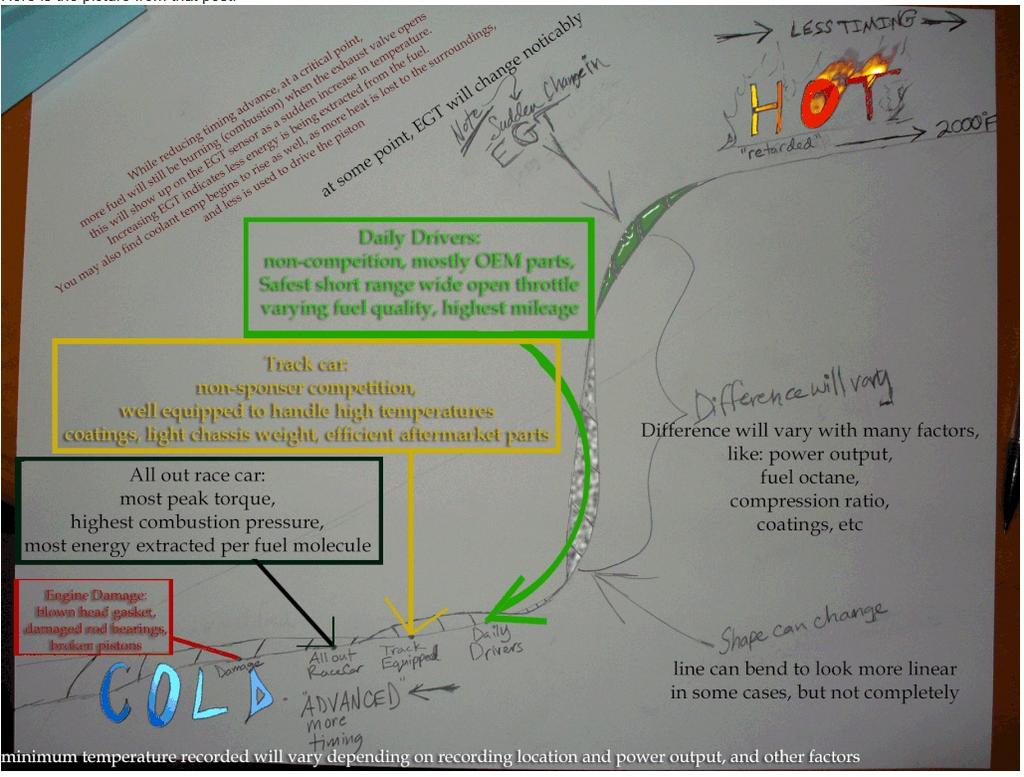well I've tuned with the MAF, I've converted to 2 bar and the ve is 0-4% in the "used" cells. after getting everything working and understanding what to do with the data-this has been fun. I've got a new question(imagine that), what do you guys do to find the best timing? (without a dyno)




 Reply With Quote
Reply With Quote

 2012 ZL1 - Maggie Heartbeat, Port & Polish Heads, Custom Cam, Custom rotating assembly, steel sleeved LS9, No NOS and No water meth. 16psi
2012 ZL1 - Maggie Heartbeat, Port & Polish Heads, Custom Cam, Custom rotating assembly, steel sleeved LS9, No NOS and No water meth. 16psi 